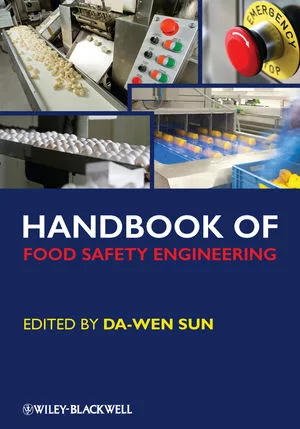Study: Using Analysis of Exogenous Pollutants to Trace Corn Production Origins

Image credit: wirestock via Freepik
A recent study looked at the simultaneous determination of pesticide residues and corn production origin using ambient ionization mass spectrometry combined with machine learning.
The authors of the study are researchers from The Research Institute of Advanced Technology at Ningbo University and Dian Regional Forensic Science Institute.
In the study, a high-throughput analysis system with an analysis time of 13 minutes was developed for the detection of pesticide residues in corn, achieving low limits of detection (LODs) ranging from 0.59 to 14.38 μg/kg.
Using this method, corn samples from different origins were found to contain distinct exogenous pesticide profiles and were classified into six categories. Based on these differential analytes, stoichiometric models were applied to explore spectral differences among the corn samples, while some cluster overlap was observed.
The Random Forest (RF) model was subsequently employed to achieve excellent prediction performance with accuracies of 100 percent in training and 98.1 percent in external validation, indicating high accuracy in origin traceability.
Based on those results, the study’s authors concluded that this high-throughput system combined with machine learning shows great potential for the rapid detection of pesticide residues and origin identification, contributing significantly to food quality monitoring.
More details about the study are available here.
Looking for quick answers on food safety topics?
Try Ask FSM, our new smart AI search tool.
Ask FSM →







